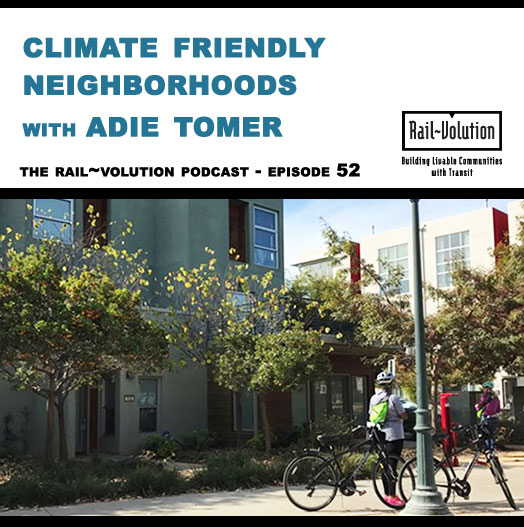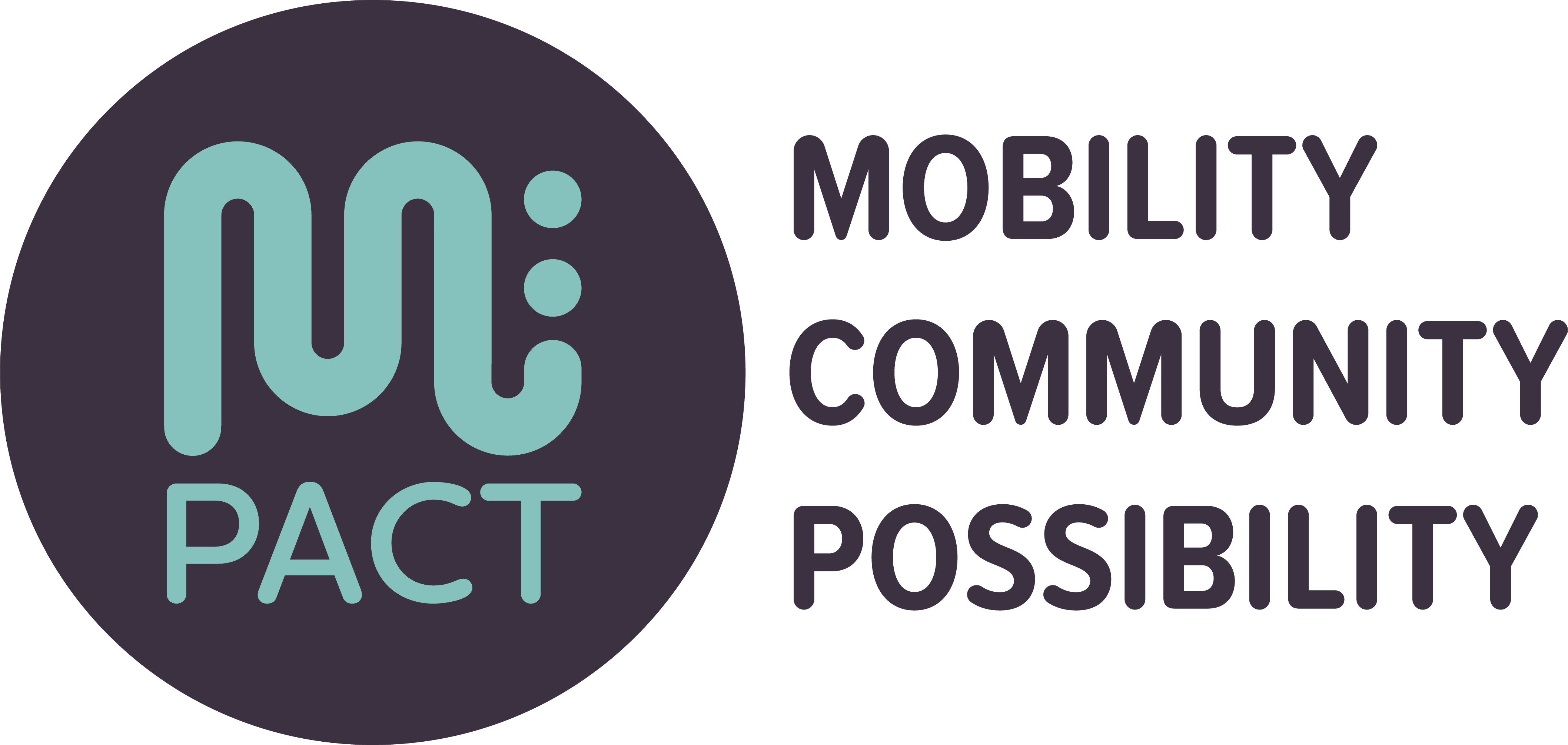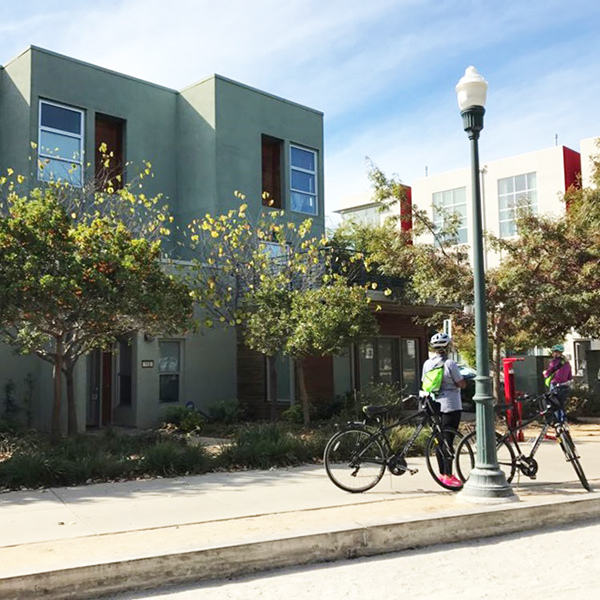Episode 52: Climate Friendly Neighborhoods
On this episode, we talk with Adie Tomer, Senior Fellow at Brookings Metro, about why transit-oriented development (TOD) is a key strategy for tackling climate change.

Transit-friendly neighborhoods – places where destinations are reachable by walking, bicycling or transit – generate much lower emissions. The average trip length for people in these neighborhoods is 4.4 miles versus 9.1 miles in non-walkable, auto-oriented communities. Denser, more climate-friendly neighborhoods also create huge infrastructure efficiencies. It’s four times cheaper to connect broadband networks, while stormwater runoff (a critical climate challenge) is 74% lower in walkable neighborhoods.
In the race to bring down emissions to meet climate targets, we need to figure out how to build TOD neighborhoods at scale. Right now, Tomer says, “it’s too cheap to build the thing we shouldn’t have,” places that require long, emissions-heavy trips. But there are signals that the costs of climate-unfriendly practices are beginning to hit the market. “Actuarial folks would like a change,” Tomer says. Insurance companies are paying more attention to risks associated with major weather events, from fires to floods. Tomer calls for renewed efforts to provide “climate rich data,” including not only walkscores but also the average flood risk of a neighborhood or the average trip distance. We need zoning changes and more investment in affordable housing near jobs and other destinations. “We are not lacking technical solutions,” he says, but we have to crack the code for getting it done at scale.
Resources and Links
Featured Guests

Adie Tomer, Senior Fellow, Brookings Metro


